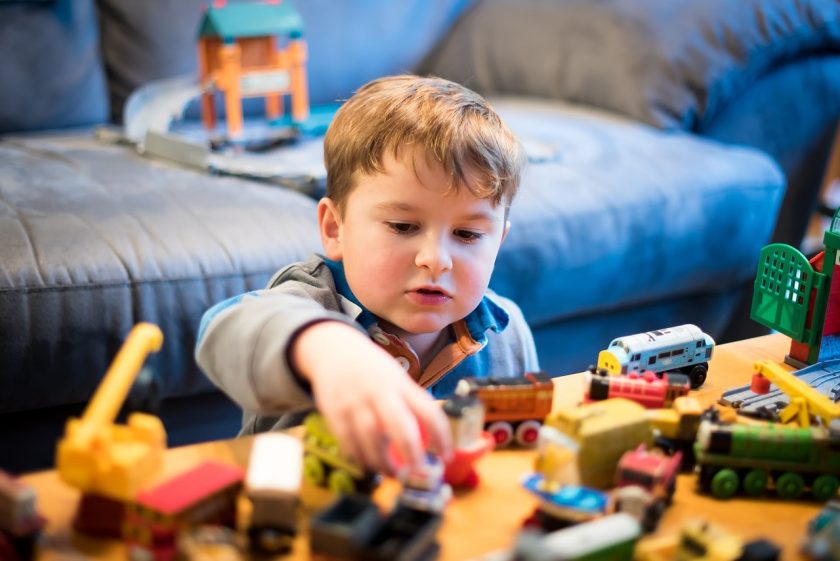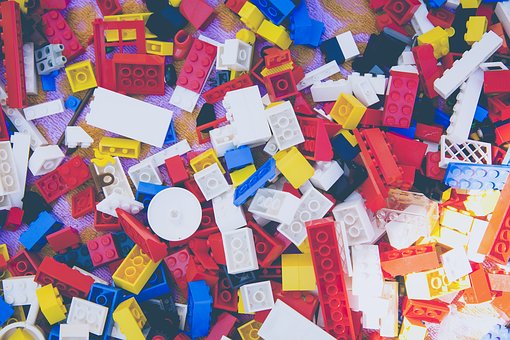Is There an Age Limit for Playing with Toys?
Have you ever wondered if there’s really an age limit for toys? As children grow, some parents begin to ask: “When should my child stop playing with toys?” But the truth is—toys aren’t just for toddlers, and play doesn’t come with an expiration date.
From building blocks to pretend kitchens and action figures, toys do far more than entertain. They fuel imagination, teach problem-solving, and support emotional and social growth at every stage. And while the idea of “developmental benefits of toys all ages” might sound like a bold claim, it’s actually backed by research and real-life parenting wins.
In today’s world, where screens often steal the spotlight, it’s easy to underestimate the simple power of play. But whether your child is 3 or 13, there’s still plenty of room for toys in their everyday learning and joy. So let’s unpack the question: Is there really an age limit for playing with toys?
You might be surprised at the answer.
1. Why Play Matters in Every Stage of Childhood
Play isn’t just a way to pass the time—it’s a powerful tool for learning, growth, and self-discovery. From a child’s very first rattle to their favorite role-play set years later, toys support far more than just fun. But as kids grow older, many parents begin to wonder: Is there an age limit for toys? The short answer? Absolutely not. In fact, toys evolve with your child, adapting to their developmental needs at every stage.
Let’s break down why play remains essential through the different phases of childhood:
🧠 Cognitive Growth Starts with the Right Toys
Toys do more than entertain—they train the brain. Whether it’s stacking rings or solving puzzles, each interaction helps build critical thinking and decision-making skills. As your child matures, toys can introduce more complex concepts like math, spatial awareness, and strategy.
Examples of cognitive-boosting toys:
- Shape sorters for toddlers learning object recognition
- STEM kits for school-aged children
Board games that teach planning and memory skills
❤️ Emotional Development Through Imaginative Play
Pretend play is more than cute—it’s a window into your child’s emotional world. Dolls, action figures, and playsets help them express feelings, act out real-life scenarios, and understand empathy. This type of role-playing encourages emotional resilience and communication skills.
Look for toys that:
- Encourage storytelling
- Allow for solo and group play
- Reflect your child’s interests and identity
-
👫 Social Skills That Stick
Play is often the first way children learn how to cooperate, share, and resolve conflict. Group activities and multiplayer toys promote teamwork and turn-taking—skills that are critical for school and beyond.
Whether it’s a board game or a collaborative building set, toys provide a safe environment to practice social interaction.
🎯 Physical Development with Active Play
Toys like ride-ons, balls, and building blocks also contribute to fine and gross motor development. These activities improve coordination, balance, and strength—all of which are vital as kids grow.
So… When Should Kids Stop Playing with Toys?
The answer is simpler than you think: when they’re ready—and not a moment before. Every child develops at their own pace, and some may return to certain toys even as they explore new interests. There’s no age limit for toys when they continue to spark curiosity, joy, and learning.
Remember, play is how kids explore the world, make sense of it, and find their place in it. As long as toys serve a purpose—whether educational, emotional, or creative—they deserve a space in your child’s life.
So next time you find your older child revisiting their favorite toy box, celebrate it. Because play is never just play—it’s growth in disguise.
-
2. Common Misconceptions About Age and Toys
Have you ever caught yourself thinking, “Aren’t they too old to be playing with that?” You’re not alone. Many parents, caregivers, and even kids face this question as children grow. But the truth is, there’s no universal age that marks the “end” of toy play—and believing otherwise can actually hinder a child’s development.
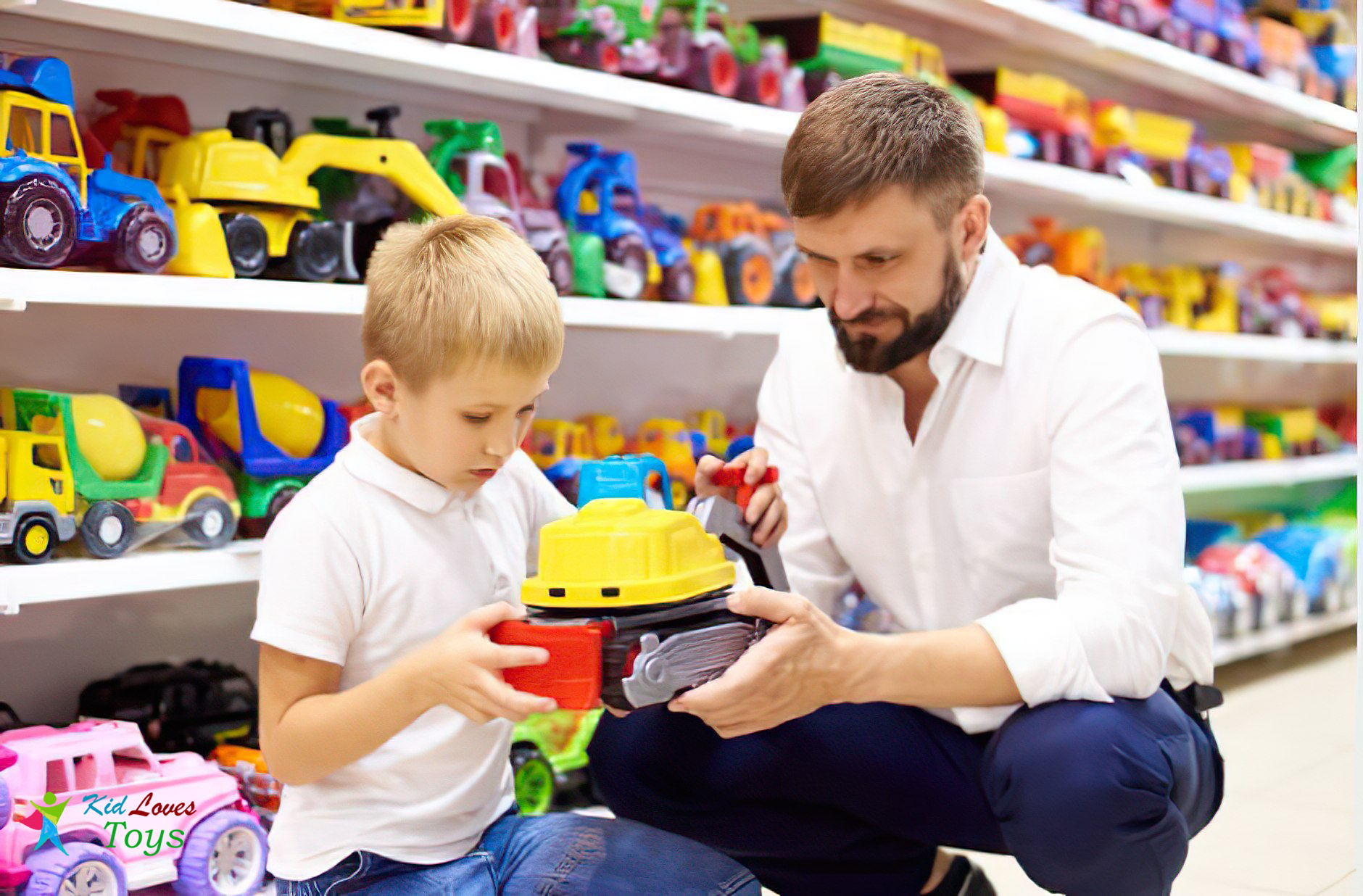
Let’s clear the air by unpacking a few common myths—and the truths that parents need to know.
❌ Myth #1: “Older Kids Don’t Need Toys Anymore”
Truth: As children grow, their need for play simply evolves. They may shift from plush toys to science kits, or from pretend kitchens to LEGO robotics. But toys remain essential tools for creativity, confidence-building, and learning.
✅ Try this instead:
Encourage your child to explore new types of play that match their growing interests—whether it’s building, storytelling, or problem-solving.
❌ Myth #2: “Toys Are Just for Entertainment”
Truth: Sure, toys are fun—but they’re also deeply educational. The developmental benefits of toys at all ages are well documented. From enhancing motor skills in toddlers to teaching critical thinking in tweens, toys often do more teaching than we give them credit for.
✅ Think of play as a form of learning—one that’s engaging, low-pressure, and personalized.
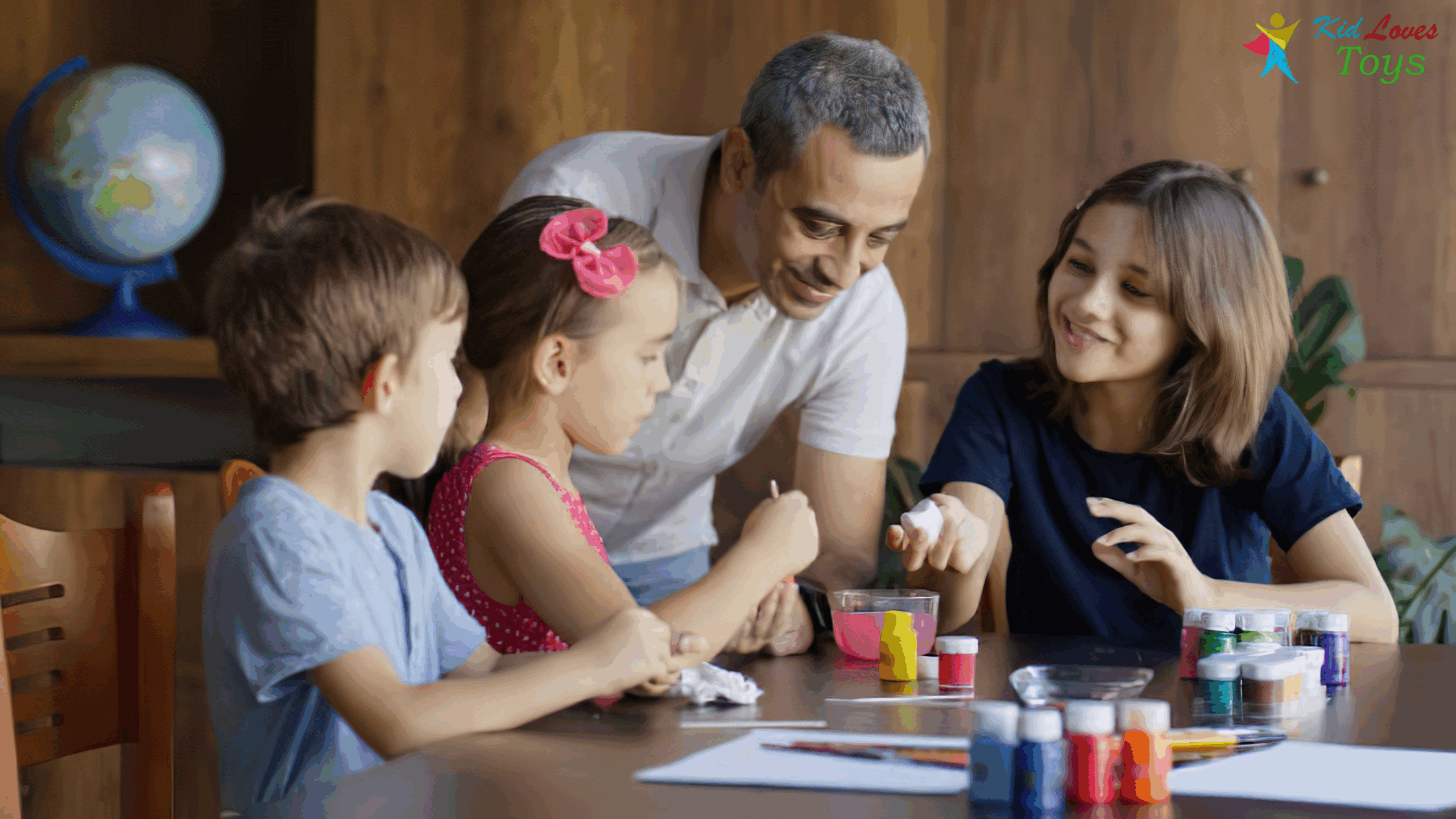
❌ Myth #3: “There’s a Set Age to Stop Playing”
Truth: There’s no single answer to when to stop playing with toys. Each child is different. Some may move on sooner, while others keep returning to toys that bring them comfort or joy—and that’s perfectly healthy.
✅ What to watch for:
Rather than focusing on age, observe your child’s level of engagement. Are they exploring, imagining, creating? If so, the toy is still doing its job.
🧠 Why These Misconceptions Can Be Harmful
Dismissing toys too early can actually rob children of crucial developmental opportunities. When kids are encouraged to put toys away before they’re ready, they may:
- Miss out on social learning and teamwork
- Lose creative outlets for stress or self-expression
- Feel pressured to “grow up” too quickly
And let’s not forget—playtime is often a bridge between parent and child. When we play together, we don’t just entertain—we connect.
Reframing the Question: “Is It Okay for Older Kids to Play with Toys?”
Absolutely. Whether it’s building worlds with blocks or acting out adventures with figurines, play is a language kids speak fluently—even as they grow. So the next time you hear someone question if “toys for adults age” or older kids are still appropriate, remember: the value of play doesn’t expire—it adapts.
3. Matching Toys with Developmental Stages
Ever stood in the toy aisle, wondering if that puzzle set is too advanced—or not challenging enough—for your child? You’re not alone. One of the biggest keys to unlocking the full power of play is choosing toys that match your child’s age and developmental stage. But here’s the catch: age isn’t everything. What really matters is how a toy supports your child’s curiosity, creativity, and growth.
Let’s walk through how to make age-appropriate (and growth-friendly) toy choices—without overthinking it.

🧒 Infants to Toddlers (0–3 Years): Sensory and Movement First
At this stage, kids learn by seeing, touching, and trying. The best toys for this age spark exploration while developing basic motor skills.
Great picks include:
- Soft blocks and stacking toys
- Musical rattles or textured plushies
- Simple shape sorters and pop-up toys
These options stimulate hand-eye coordination, sensory awareness, and early problem-solving.
👧 Preschoolers (3–5 Years): Imagination Takes the Lead
Pretend play is in full swing—and so is your child’s growing vocabulary, creativity, and emotional understanding. Toys during this time should invite storytelling, role-play, and experimentation.
Ideal toys:
- Dress-up clothes and role-play sets
- Interactive learning toys
- Basic art supplies and play kitchens
This is also when toys begin to build social skills, as kids start engaging in cooperative play.
🧑 Early School Age (6–9 Years): Learning Through Challenge
As children begin formal learning, toys can support what they’re exploring in school—math, science, reading, and logic. But play should still feel fun and free, not like extra homework.
Look for toys that:
- Introduce STEM concepts in playful ways
- Build logic and memory (e.g., board games or puzzles)
- Encourage creativity and independence
At this age, kids may still love the toys they used as preschoolers—and that’s okay! There’s no age limit for toys when they continue to offer joy and mental engagement.
👦 Tweens (10–12 Years): Complex Play and Hobbies
Older kids tend to gravitate toward more detailed, purposeful activities. This is where toys for older children start blending with hobbies—and that’s something to encourage!
Try offering:
- Model kits, robotics, or DIY craft sets
- Strategy-based board games or construction toys
- Collectibles or hobby-themed items
By now, your child may also enjoy teaching you how a new toy or game works—building confidence while strengthening family bonds.
✅ Toy Tips: Choose for Development, Not Just Age
Here’s the golden rule: focus less on age labels and more on your child’s current interests and developmental needs. A 10-year-old who still loves imaginative play with figures? That’s not a setback—it’s a sign of emotional richness and creativity.
Questions to ask yourself when choosing a toy:
- Does it match my child’s current interests?
- Will it challenge or teach them something new?
- Can they use it in multiple ways over time?
Toys aren’t just things kids outgrow—they’re tools that grow with them. Whether your child is a curious kindergartener or an inventive pre-teen, choosing the right toy for their stage makes all the difference.
4. The Emotional Connection Children Have with Toys
Think back to your favorite childhood toy. Maybe it was a well-loved teddy bear or a superhero figure you carried everywhere. Now ask yourself—was it “just a toy,” or did it mean something more?
For kids, toys aren’t always about entertainment. They’re companions, protectors, creative outlets, and even emotional anchors. That’s why understanding the emotional connection children have with toys is essential—not only for supporting healthy development but also for knowing when a child really isn’t “too old” to play.
🧸 Comfort Toys: More Than Just Cuddly Friends

We often hear terms like “security blanket” or “comfort object,” and for good reason—many children form strong attachments to certain toys that help them self-soothe during stressful or uncertain times.
These toys can:
- Offer reassurance during transitions (like starting school or a move)
- Provide familiarity in unfamiliar settings
- Help children cope with big emotions
There’s no need to rush your child to “let go” of a comfort toy. In fact, this bond plays a vital role in developing emotional independence.
🎭 Role-Playing as Emotional Expression
When children act out stories with dolls, action figures, or playsets, they’re not just having fun—they’re exploring feelings. This type of pretend play allows them to:
- Recreate real-life events in a safe, manageable way
- Try out different roles and perspectives
- Express thoughts they might not yet know how to verbalize
If you hear your child’s toys “having a conversation,” pay attention. It’s often a glimpse into their internal world—and a great way to open up deeper discussions.
⏳ Holding On to Toys as a Sign of Emotional Maturity
Some kids continue playing with favorite toys well past the age others have moved on. And that’s okay.
Keeping a cherished toy doesn’t mean a child is behind; it can mean they’re:
- Finding comfort during emotional growth
- Honoring memories and transitions
- Simply not ready to say goodbye to something that brings them joy
It’s a reminder that there’s no strict age limit toys must follow—especially when those toys carry personal meaning.
❤️ Parents’ Role in Supporting Emotional Play
As a caregiver, your support can make all the difference. Instead of discouraging toy attachments, try:
- Asking open-ended questions about their play
- Joining in without leading—let them take the storytelling lead
- Respecting their need to revisit familiar toys
These actions help children feel validated—and deepen their trust and connection with you.
Bottom Line: Toys Speak the Language of Emotion
From toddlers clutching a blanket to older kids reenacting social situations, toys serve as emotional bridges that help children process, grow, and thrive. Rather than viewing extended toy use as immaturity, recognize it as what it often is: a sign of emotional intelligence in progress.
The next time your child hugs a stuffed animal tight or builds a whole world with figurines, remember—it’s not “just play.” It’s emotional growth in motion.
- How Parents Can Encourage Healthy Toy Play—At Any Age
Have you ever caught yourself saying, “Maybe they’ve outgrown that toy”? It’s a natural thought, especially as your child grows older and their interests change. But here’s the truth: supporting toy play doesn’t mean keeping every toy forever—it means recognizing the evolving role toys play in a child’s life. As parents, you’re the guide, the observer, and the encourager—and your influence can make all the difference in how your child engages with play over time.

🌱 1. Follow Their Lead—Then Nurture It
Children instinctively gravitate toward toys that match their interests and needs. Your role? Observe what lights them up, and lean into those moments of discovery.
Here’s how:
- If your child keeps returning to building blocks, offer more complex sets to match their growing skills.
- If they love storytelling, provide puppets or open-ended playsets.
- If they enjoy collecting, support them with organizational tools or display ideas.
This not only builds confidence—it shows them that play is valuable at every age.
📦 2. Rotate and Refresh, Don’t Just Remove
Instead of clearing out the toy box based solely on age recommendations, try a toy rotation system. This keeps play fresh and prevents overwhelm without removing cherished items too soon.
Try this strategy:
- Store away some toys and reintroduce them after a few weeks.
- Observe which ones they naturally return to—those are worth keeping.
- Use birthdays or holidays as opportunities to upgrade or expand their favorites.
This approach supports the idea that there’s no fixed age limit toys must follow—only evolving interests.
🧠 3. Encourage Open-Ended Play
Toys that can be used in multiple ways foster creativity and longer-lasting interest. Think LEGO sets, magnetic tiles, or arts and crafts kits. These types of toys often grow with your child, encouraging imaginative and independent play over the years.
Benefits include:
- Developing problem-solving and design thinking skills
- Supporting emotional expression through storytelling
- Offering quiet, screen-free downtime for relaxation
It also reduces the “need” to outgrow toys quickly, because they adapt to new ideas and play styles.
🗣️ 4. Talk About the Value of Play—Out Loud
Sometimes, kids feel like they should stop playing with toys just because their peers do. That’s where you come in.
Reinforce the idea that:
- Play isn’t childish—it’s creative, intelligent, and calming.
- Everyone plays in some form (even adults—it just looks different!).
- Toys have different purposes: some are for comfort, others for skill-building, and some just for fun.
This can prevent feelings of shame around continued toy play, especially in older children.
💬 5. Normalize Play for All Ages
Here’s a question worth asking: Is it okay for adults to play with toys? Yes—and when your child sees you enjoying play, it sends a powerful message that there’s no expiration date on imagination.
Try:
- Playing alongside your child in their world
- Sharing a hobby or game you loved as a kid
- Joining them in building, crafting, or storytelling
By modeling this kind of interaction, you’re showing that joy, curiosity, and creativity are lifelong companions.
Final Thought: Let Play Evolve—Don’t End It
Your child’s relationship with toys may change, but their need for play doesn’t disappear. As a parent, your support tells them it’s not just okay to keep playing—it’s healthy, enriching, and entirely age-appropriate.
By creating a home that values exploration, imagination, and joy, you’re not just encouraging play—you’re nurturing a lifelong love of learning and self-expression.
Conclusion
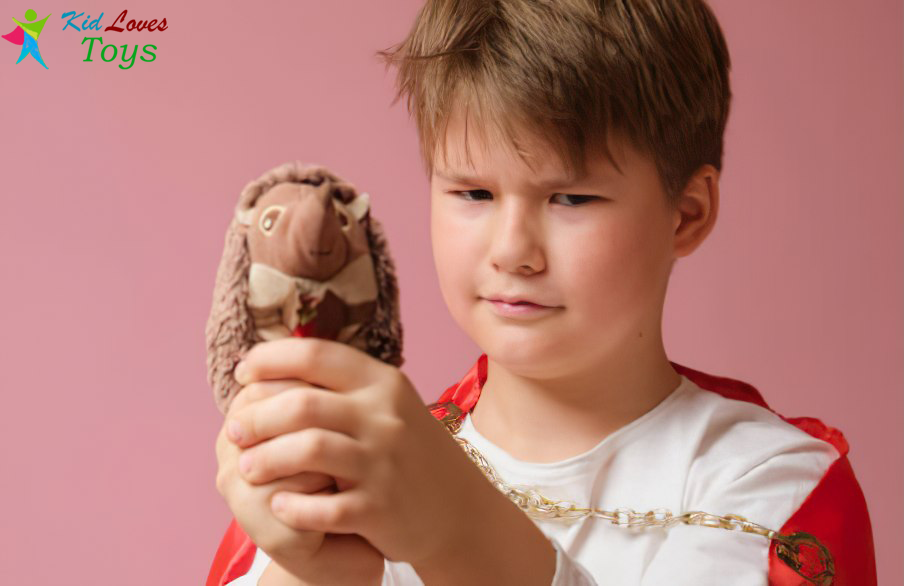
So, is there really an age limit for playing with toys? As we’ve explored, the answer is clear: there isn’t one. Toys are more than just playthings—they’re essential tools that support growth, creativity, and emotional well-being at every stage of life. Whether your child is a toddler stacking blocks or a pre-teen building intricate models, play remains a vital part of their development.
Have you noticed how your child’s play changes over time? That’s natural and wonderful! Instead of asking when to stop playing with toys, consider how to support their evolving interests. After all, the benefits of toy play stretch far beyond childhood. In fact, toy play benefits adults too, nurturing imagination, relieving stress, and fostering connections.
Remember, by embracing the idea that there’s no age limit for toys, you’re encouraging a lifelong love of learning and creativity—not just for your child, but for yourself as well. So why not join in the fun? After all, play is a language everyone speaks—no matter the age.


